6. Knife+Heart (2018)
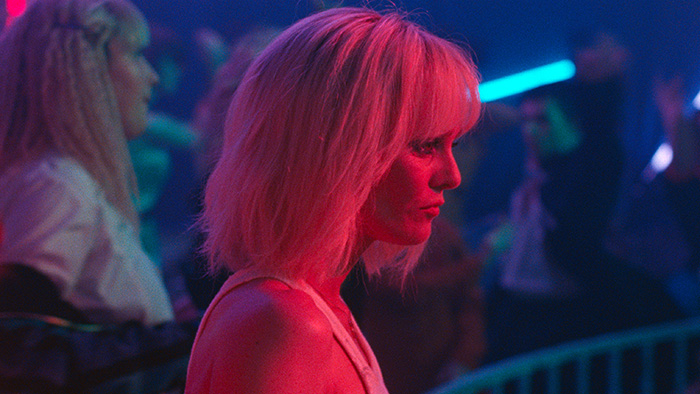
With Let the Corpses Tan we mentioned Giallo and with Knife+Heart we actually have one. This French modern Giallo embraces the genre and doubles down on some of its most recognizable characteristics like the slashing, the music, and the neon-drenched lights.
In 1979 Paris, gay porn producer Anne attempts to create a more artistic type of film after her companion leaves her. Quickly we find out this is easier said than done when Anne’s actors are being brutally murdered one by one.
Like his colleagues Cattet and Dorzani, director Yann Gonzalez pulls it off to bring the Giallo genre back to life. His desire to break away from the everyday life and instead focus on a more dream-like life in his films yet again makes for an interesting film. He cited Jean Cocteau as an influence and this too can be recognized. Furthermore, the combination between soft porn and horror is a common one, but Knife+Heart manages to be different and exciting. A recent gem that definitely deserves some more attention!
7. Orpheus (1950)
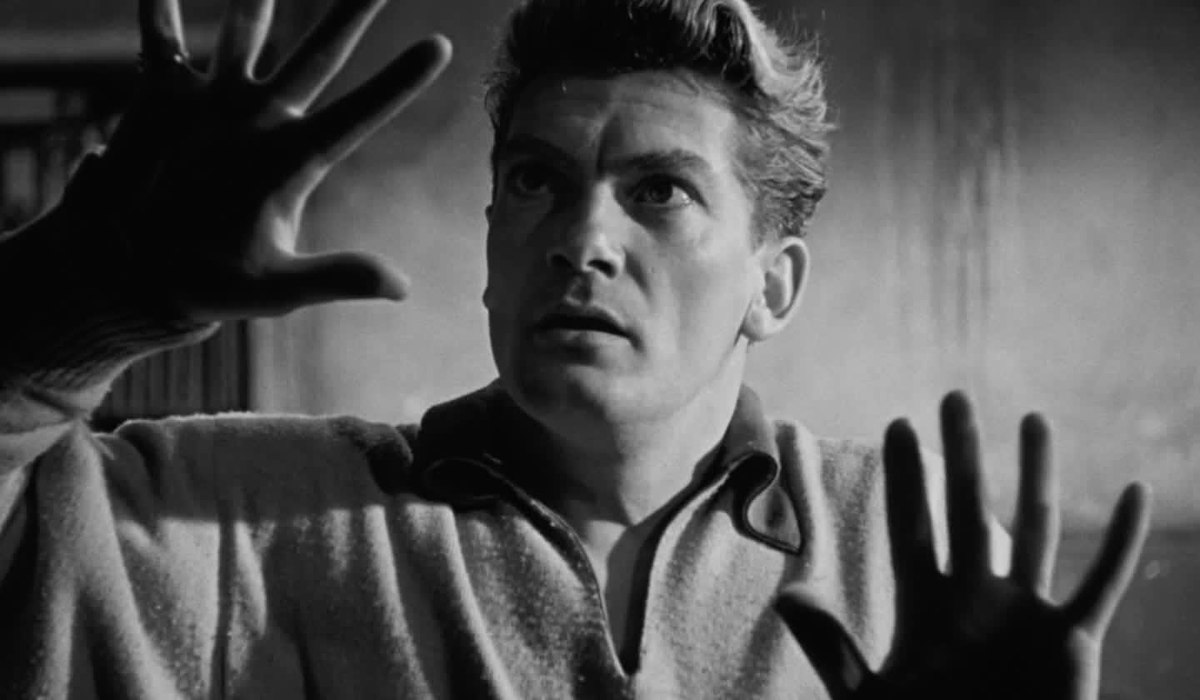
In the café of poets in Paris, the poet Orphée or Orpheus is caught up in a fight, which ends up being the dead of Cègeste, a rival poet. A princess takes Orphée and the body with her in her Rolls-Royce which has a car radio with a mysterious reception. When taken to the underworld, Orphée finds out this princess is a shape of Death. He escapes this underworld and finds his way home to his wife, only to become obsessed with Death and that mysterious car radio.
Writing a brief synopsis won’t explain much about Orpheus, except maybe that it’s a poetic, surreal analogy for some higher concept involving death. Orpheus is the second entry in Jean Cocteau’s Orphic trilogy. You don’t need to see them in order, since there isn’t really a clear plot in all three of them, but for the full experience this would of course be recommended. Cocteau being a poet himself becomes very clear in each of his films that are filled with metaphoric imagery, mostly so in Orpheus and in his rendition of Beauty and the Beast, dating back to 1946. The point being, when you decide to watch one of Cocteau’s pieces of art, you might as well watch all of them.
8. Nocturama (2016)
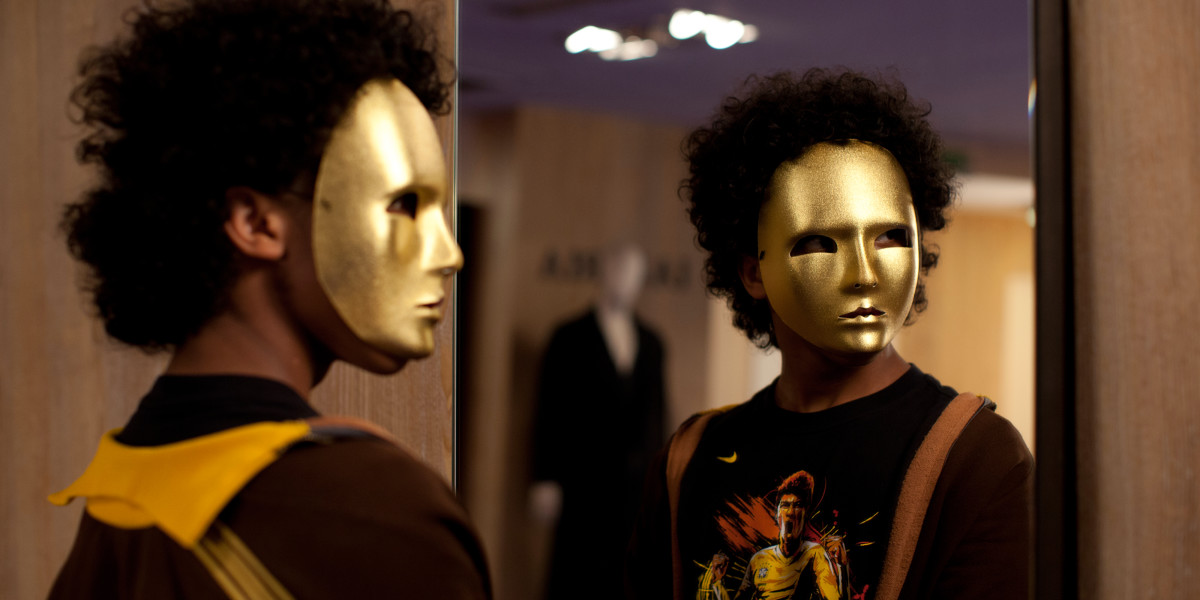
The first half of Nocturama focusses on a group of young terrorists, teens and students, all carefully following a scheme to plant Semtex bombs around the city of Paris. They plant the bombs in cars, government buildings, and skyscrapers. Some of them follow this plan with a childlike innocence, while others seem cold-blooded, killing people in their way and not thinking about the consequences. After detonating the bombs, the youngsters seek shelter from the authorities in a big department store where they plan to stay the night before escaping Paris. In the department store all they can do is kill time. They eat, they steal, they have fun, like it’s a night that’ll last forever.
Nocturama is a unique look at Parisian radicals. By taking the perspective of these unlikely terrorists evokes a feeling we’re not used to when thinking about terrorism. Director Bertrand Bonello (House of Tolerance, The Pornographer) manages to almost romanticize the subject, while also provoking the viewer and in the end condemning them for giving in. This might be Bonello’s best work as of yet, not to talk down on his other works. His newest film, Zombi Child, is a fantastic effort as well and hopefully he has many more to come.
9. Yamakasi (2001)
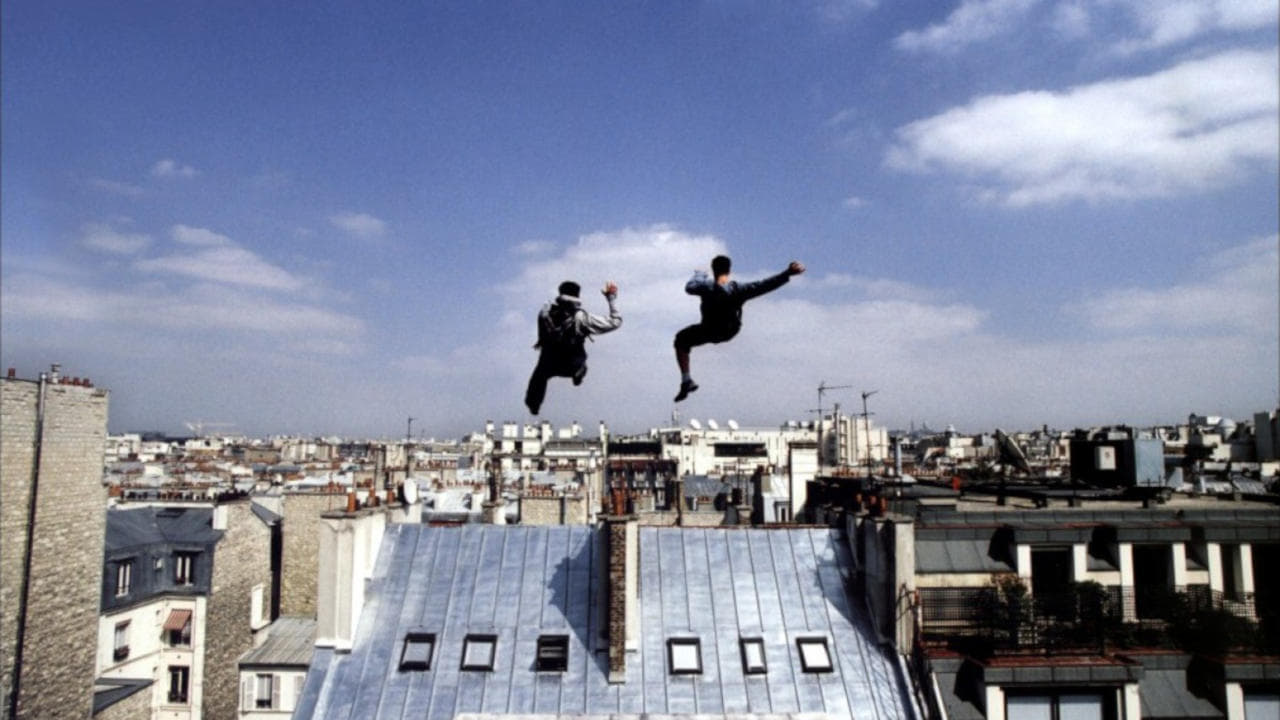
The parkour group Yamakasi climb buildings and jump from roof to roof like it’s nothing. They are hated by the Parisian police, but idolized by the youth. When a young fan gets injured after re-enacting the Yamakasi stunts he lands in the hospital. His family can’t afford the operation that will safe him, so the Yamakasi take it upon themselves to gather the money needed.
The Yamakasi are played by the real Yamakasi crew, founders of parkour. Parkour is described as the art of movement or often the art of running away. It’s all about moving fast from point A to B, getting through environmental obstacle fast and efficiently. It’s often talked about in the same breath with its younger brother, freerunning, a similar sport, but focused more on expressing yourself through dynamic movement. Both sports are relatively new, but gaining quick popularity.
What does this have to do with film? Well, the sports look awesome on camera. The concept of running away is used in film since the beginning of the artform, so why don’t we see more stunts from these professional athletes that mastered this art of motion? There are some recent films that embrace the sport, Michael Bay’s ‘6 Undeground’ using the athletes of Storror being the best-known example, but when seeing a film like Yamakasi you wish there were many more directors like Bay that would implement the sports in their stunts.
10. Chronicle of a Summer (1961)
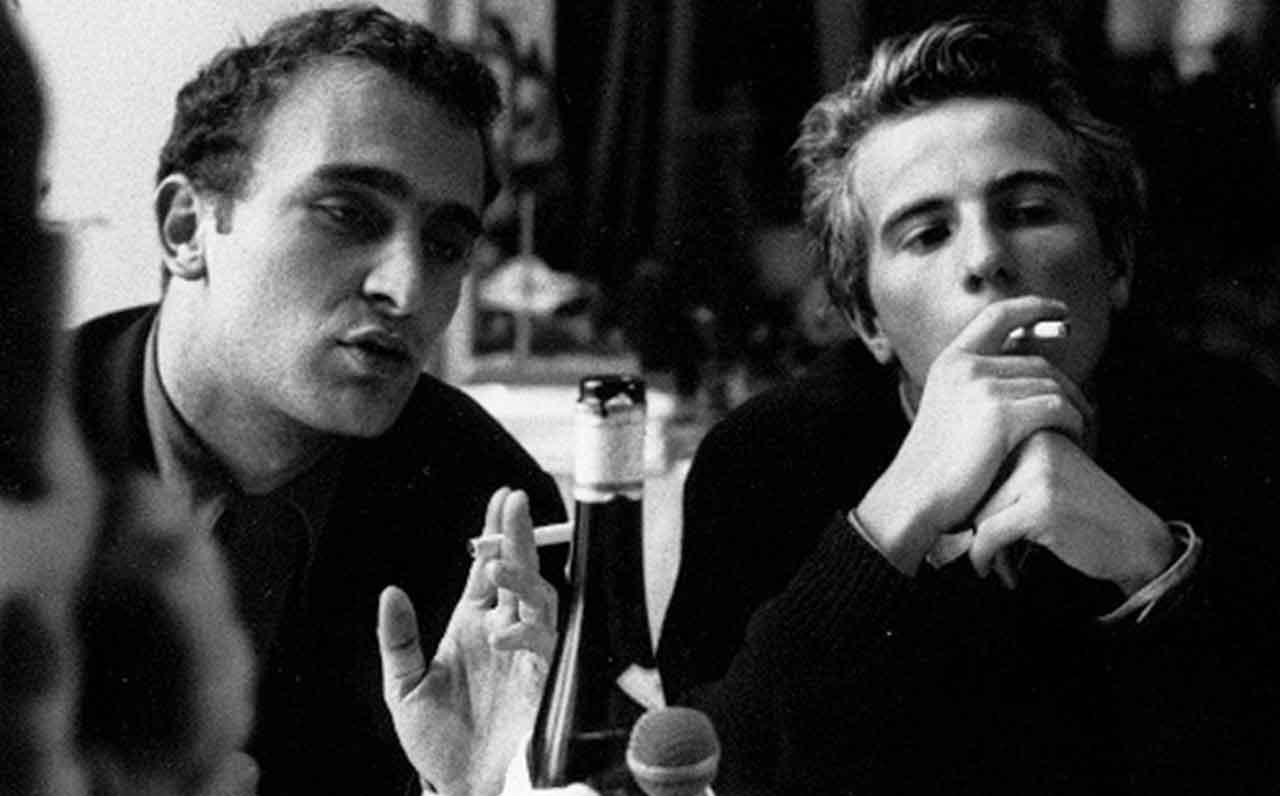
In documentary fashion, anthropologist Jean Rouch and sociologist Edgar Marin have real-life individuals discuss topics on society, the working class, and happiness. With the outcome of those interviews the men create fictional moments, intended to capture true sincerity on camera. At the end of the film, the interviewed individuals are confronted with this footage and have them discuss the level of reality that the movie has achieved.
Chronicle of a Summer is the first film that coined the term ‘cinéma Vérité’ meaning truthful cinema. It focusses on capturing real life as it is, unscripted and in the moment. It’s similar to direct cinema or ‘a fly on the wall’ films, but instead of just watching from a distance the camera is acknowledged and the filmmaker can still participate.
Rouch and Marin manage to create a documentary that is innovative and real as they dive into the thoughts of the participants of their ‘experiment.’ It was the beginning of an entire new way of filmmaking, yet not many people have seen it. For any fan of documentary films, Chronicle of a Summer is an essential watch that won’t let you down.